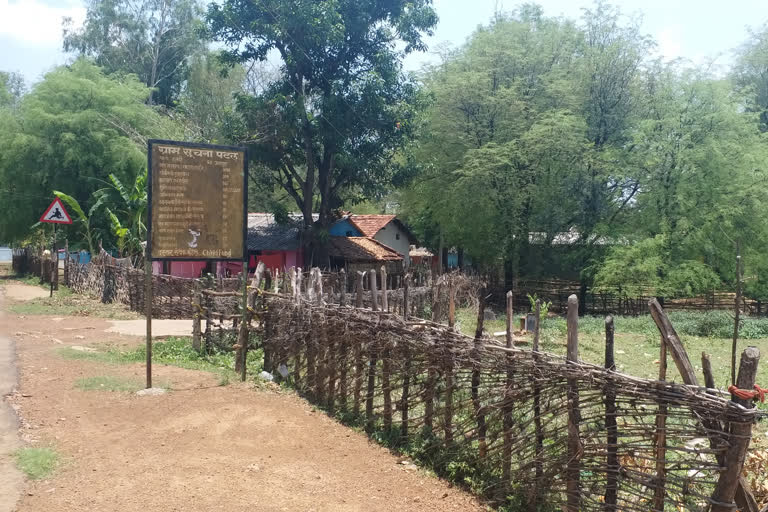Bastar (Chhattisgarh): While people across India have been locked down inside their homes for the first time in their lives in lieu of the coronavirus pandemic, thousands of villagers in the interior regions of Chhattisgarh's Bastar district have already gone through the experience before, albeit due to the fear of tigers, and not a virus.
During 1995-96, a man-eating tigress along with her two cubs had caused a reign of terror in the villages of the Tiriya Machkot jungle in Chhattisgarh, which was still a part of Madhya Pradesh then.
Dr Satish Jain, an expert in the field, recalled that the tigress and her two cubs continued spreading terror in the villages for about three long months, during which they killed at least 18 humans and dozens of cattle.
Jain said that the tigress was pregnant at the time and hence was hungrier than usual, which led to her devouring humans whenever she came across one.
With the tigers still on the loose, the forest department asked around 12 villages, including Kurandi, Tiriya, Machkot, and Pulcha, to go into a complete lockdown.
Out of sheer fear of death, around 25,000 villagers in the entire region too locked themselves in their homes for the entire duration of two-three months.
The fear was such that the tigress was named Jwalamukhi (volcano), while her cubs were named Bhukamph (earthquake) and Lava.
Malti, a resident of Kurandi, who had experienced the reign of terror, recalled that her entire village lived in fear, and people seldom came out of their homes. A few from her own village were killed, while many animals were also devoured by the tigers, she said.
Read: Chhattisgarh: Rare black panther spotted at Achanakmar Tiger Reserve after 7 years
But it was not just the villagers who were afraid of the tigers, as many hunters who were called in to capture the animals refuse to come here, Jain said.
Finally, it was a tiger-lover from Assam, Ziaur Rahman, who managed to capture the tigers after a week-long struggle. In doing so, he reached the milestone of having captured 100 tigers, Jain said.
The villagers finally heaved a sigh of relief when the tigers were captured alive on the morning of January 3, 1996. It was only then that they came out of their homes.
The tigers were then put up in a cage at the Kurandi Rest House for around a couple of months. The tigers had become an attraction as people used to swarm into Kurandi from faraway places to catch a glimpse of the tigers.
Jain recalled that the help of around 100 villagers was required to pull the cage in which the tigers were captured.
Finally, after two months or so, the tigers were shifted to the Kanan Pendari national park in the state, where the cubs, eventually two full-grown-tigers, died in 2010.
Read: Korba forest department ropes in kumkis' to track wild elephant


